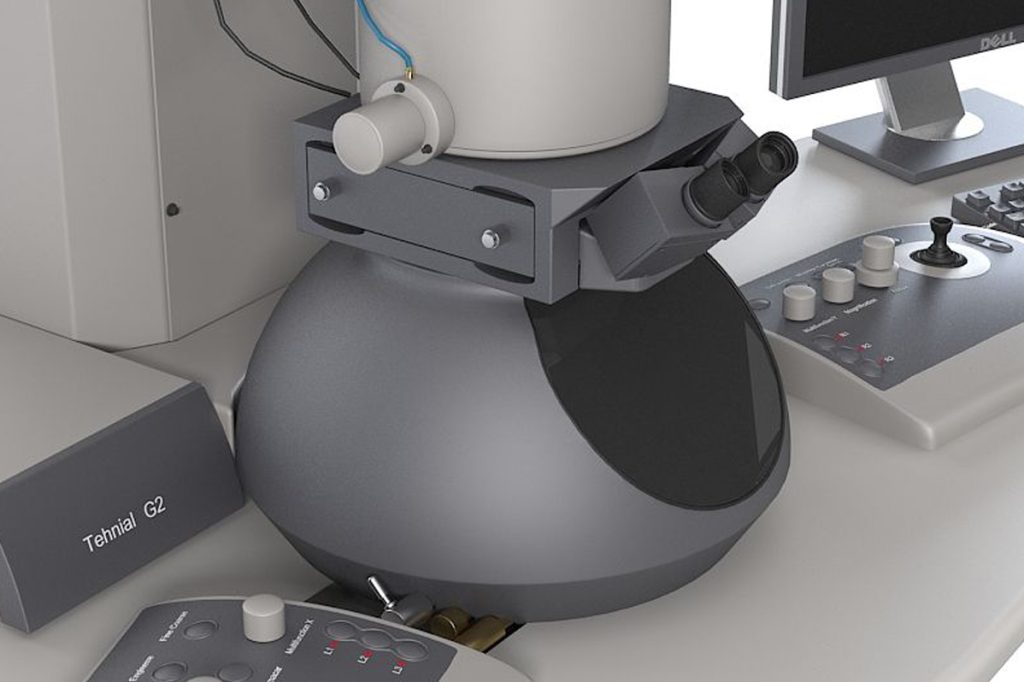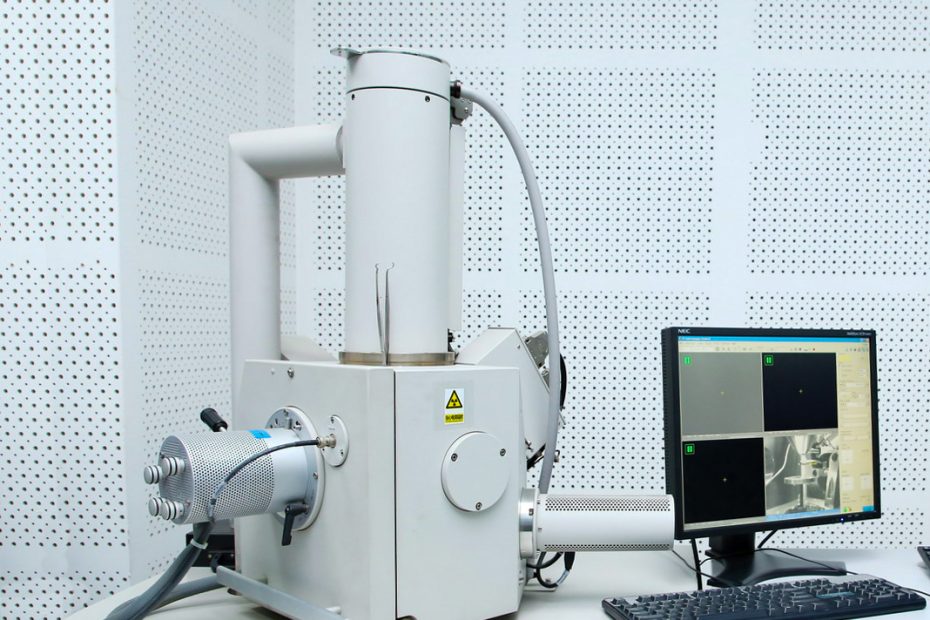The fascination with the microscopic world has existed since ancient times. Electron microscopy has been invaluable to the advancement of science, technology, and medicine – its use has helped scientists around the world expand their knowledge of life and the environment.
The technology is used in scientific research and to study pathogens such as viruses and new diseases. However, electron microscopy also has a wide range of applications in technology and industry. In forensics, trace traces at many crime scenes can be imaged and chemically analyzed by scanning electron microscopy (SEM).
In electronics, it is used to monitor and control production processes in many industries. Electron microscopes are also used in a variety of commercial applications – food processing, medical devices, and semiconductors.
Electron microscopy is needed in all walks of life. Here, we highlight the industries and fields that benefit the most from electron microscopy.
What is an Electron Microscope
Electron microscopy has grown in importance since the introduction of the transmission electron microscope in 1931, developed by Ernst Luska and Max Knorr.
The electron microscope is a very amazing instrument, commonly used are transmission electron microscope and scanning electron microscope. He can magnify very small objects up to 2000 times, and can clearly observe the structure of metal atoms and even the overall arrangement of semiconductor atoms through an electron microscope. It is an important technology for analyzing materials down to the atomic level.

Electron microscopy has a wide-ranging impact, affecting our lives at many levels, from the food we eat to electronic devices such as smartphones and everyday clothing. It’s also used in geology, aeronautics, paleontology, and energy storage, just to name a few.
How an Electron Microscope Works
Electron microscopes basically use a beam of electrons emitted from a cathode and focused by a system of electromagnetic lenses. The wavelength of the electrons and the diameter of the beam determine the image resolution.
When using an electron microscope and electron beam to capture the structural features of a material, much higher magnifications can be achieved than when using a light microscope.
Because electrons have shorter wavelengths than photons, we can see blood vessels, individual proteins, atoms, and images of cells, microbes, tissues, or metals and crystals within a high-resolution beam.
Fields and Applications of Electron Microscopy
Compared with traditional microscopes, scanning electron microscopy has the following characteristics: higher magnification, better resolution, and larger depth of field, so it is widely used in research in the fields of materials science, semiconductor devices, geology, biomedicine, and archaeology; Used for product quality and production process control, etc., it is one of the most important scientific research instruments today.
Here are other industries and fields that have thrived due to electron microscopy:
Scientific research
Electron microscopes are increasingly common in research laboratories, academic institutions, and nanotechnology institutes. Electron microscopes are instruments used in research facilities to gain insight into particle or material properties. Thanks to this technique, useful knowledge about a particular material or its structure can be obtained for further research. Other groups, such as industrial companies, can build on this foundation and use insights from scientific research for their business. Electron microscopy is also used in preclinical research to evaluate new prevention technology ideas and to study potential new drugs.
In life sciences
In cell biology and biomedical sciences, electron microscopy is used to study the molecular processes of disease and to study the 3D structure of tissues and cells. It plays a key role in helping to improve our understanding of viruses in the natural environment. In turn, this knowledge is invaluable when developing new treatments. Another field that has benefited from electron microscopy is neuroimaging, where electron microscopy is widely used to support cell preparation, image acquisition, and image processing techniques such as DTI analysis and object tracking.
Industry
Electron microscopes have proven to be very useful in a variety of industries. It facilitates new product development by inspecting solder joints and detecting possible leaks or porosity.
It is especially important in the manufacture of semiconductors and many other devices. Electron microscopes are also widely used and play a central role in the pharmaceutical, automotive, food, metals, mining and energy storage industries.
They enable the study of the structure, properties, and durability of various materials, enabling engineers to design faster, more reliably, and efficiently. Process control and failure analysis are found in many fields.
- Natural resources
Electron microscopy in the field of natural resources offers several advantages. They can instantly provide objective statistics about the environment and its organic matter, which is very useful for mining companies. Oil and gas companies use this technology to gather information about study areas. Analysis performed at the electron microscope provides data on the lithotype and porosity characteristics of reservoir, caprock and source rocks. In addition, the display, interpretation, and study options of 2D and 3D digital rock images from the electron microscope allow for a more accurate assessment of reservoir quality.
- Forensic science
Forensics is another area of interest for electron microscopy. In this field of research, electron microscopy is a technique used to image and microscopically analyze tiny, hard-to-examine evidence. Additionally, forensic electron microscopes are linked to software that can examine gunshot residue. Due to its high precision and high magnification, this measurement technique is often used by law enforcement. The results of microscopic investigations are often the basis for understanding a particular crime scene.
The Future of Electron Microscopy
Scientists from all over the world and in many fields use electron microscopy to learn more about the properties of materials and processes, biomedical cell and tissue quality, food safety, disease prevention or geological purposes.
